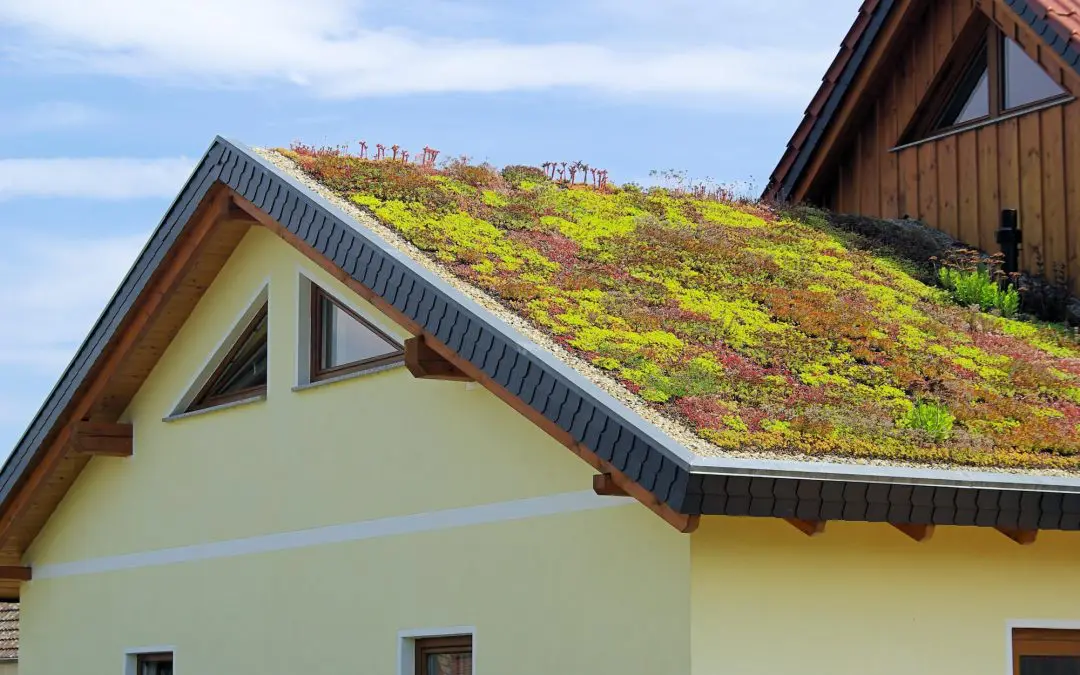In today’s world, environmental awareness is paramount. Eco-friendly living is no longer just a trend; it’s essential. As people strive to reduce their carbon footprints, eco-friendly home improvements are gaining attention as a tangible way to create a greener future.
From energy-efficient upgrades to sustainable materials and water-saving technologies, there is a myriad of eco-friendly home improvement options available to homeowners looking to make a positive environmental impact. Let’s delve into some of the most effective and accessible strategies for transforming your home into a more sustainable living space.
1. Energy-Efficient Appliances are Great Eco-Friendly Home Improvements
One of the most straightforward ways to reduce energy consumption and lower utility bills is by investing in energy-efficient appliances. Upgrading to appliances with high ENERGY STAR ratings can significantly decrease electricity usage, thereby reducing greenhouse gas emissions.
2. Solar Panels
Harnessing the power of the sun through solar panels is a game-changer in sustainable home improvements. Solar energy reduces reliance on fossil fuels and offers long-term cost savings and potential incentives such as tax credits or rebates, depending on your location.
3. Eco-Friendly Home Improvements: Insulation and Weatherization
Proper insulation and weatherization are essential for maintaining a comfortable indoor environment while minimizing heating and cooling demands. By sealing air leaks, and adding insulation to walls, floors, and attics, homeowners can enhance energy efficiency and reduce heating and cooling costs.
4. Low-Flow Fixtures
Conserving water is another critical aspect of eco-friendly home improvements. Installing low-flow faucets, showerheads, and toilets can significantly decrease water usage without sacrificing performance or comfort, conserving precious freshwater resources.
5. Sustainable Materials
When renovating or remodeling, opting for sustainable building materials such as bamboo flooring, reclaimed wood, recycled glass countertops, or eco-friendly paints can minimize environmental impact and promote responsible resource management.
6. Rainwater Harvesting Systems
Harvesting rainwater for outdoor use, such as watering plants or flushing toilets, is a sustainable practice that reduces reliance on municipal water supplies. Installing rain barrels or more sophisticated rainwater harvesting systems helps homeowners conserve water and reduce runoff.
7. Green Roofing and Eco-Friendly Home Improvements
Green roofs, which are covered with vegetation, offer numerous environmental benefits, including improved air quality, reduced urban heat island effect, and enhanced insulation properties. Additionally, they provide habitat for wildlife and contribute to biodiversity in urban areas.
8. Smart Home Technology
Integrating smart home technology, such as programmable thermostats, smart lighting systems, and home energy monitors, allows for more efficient energy management and greater control over energy usage, leading to both environmental and financial savings.
9. Composting Systems
Implementing a composting system in your backyard is an eco-friendly way to reduce organic waste sent to landfills while producing nutrient-rich soil for gardening. Composting diverts waste from the waste stream and helps mitigate greenhouse gas emissions associated with organic decomposition in landfills.
10. Natural Landscaping
Lastly, adopting natural landscaping practices, such as xeriscaping with drought-tolerant plants, using native species, and minimizing lawn areas, can conserve water, promote biodiversity, and create a more resilient and sustainable outdoor environment.
Eco-friendly home improvements offer a win-win solution for homeowners seeking to reduce their environmental footprint while enhancing comfort, efficiency, and long-term savings. By embracing sustainable practices and technologies, homeowners help build a more sustainable future, one home improvement project at a time. Whether through energy efficiency, water conservation, or conscious material choices, every eco-friendly upgrade contributes to a greener, healthier planet for future generations.
FAQs About Eco-Friendly Home Improvements
How can I ensure that my eco-friendly home improvements are effective?
To ensure the effectiveness of your eco-friendly home improvements, it’s essential to conduct thorough research, consult with professionals or certified contractors specializing in sustainable practices, properly maintain installed systems and equipment, and monitor your home’s resource usage to identify areas for further improvement.
Are there eco-friendly options for home renovation materials?
Yes, there are eco-friendly alternatives for many construction and renovation materials. For example, you can opt for recycled glass countertops, sustainable wood products certified by organizations like the Forest Stewardship Council (FSC), non-toxic paints and finishes, and eco-friendly insulation made from materials like recycled denim or cellulose.
What financial incentives are available for eco-friendly home improvements?
Depending on your location, you may qualify for various financial incentives such as tax credits, rebates, grants, or low-interest loans for implementing eco-friendly home improvements. These incentives aim to encourage homeowners to adopt sustainable practices and technologies.
How can I make my home more energy-efficient?
You can enhance your home’s energy efficiency by sealing air leaks, adding insulation to walls and attics, installing energy-efficient windows and doors, upgrading to LED lighting, using programmable thermostats, and investing in energy-efficient appliances with high ENERGY STAR ratings.
Esham Inspections offers inspection services to homebuyers and sellers in Maryland and Delaware. Contact us to schedule an appointment.

